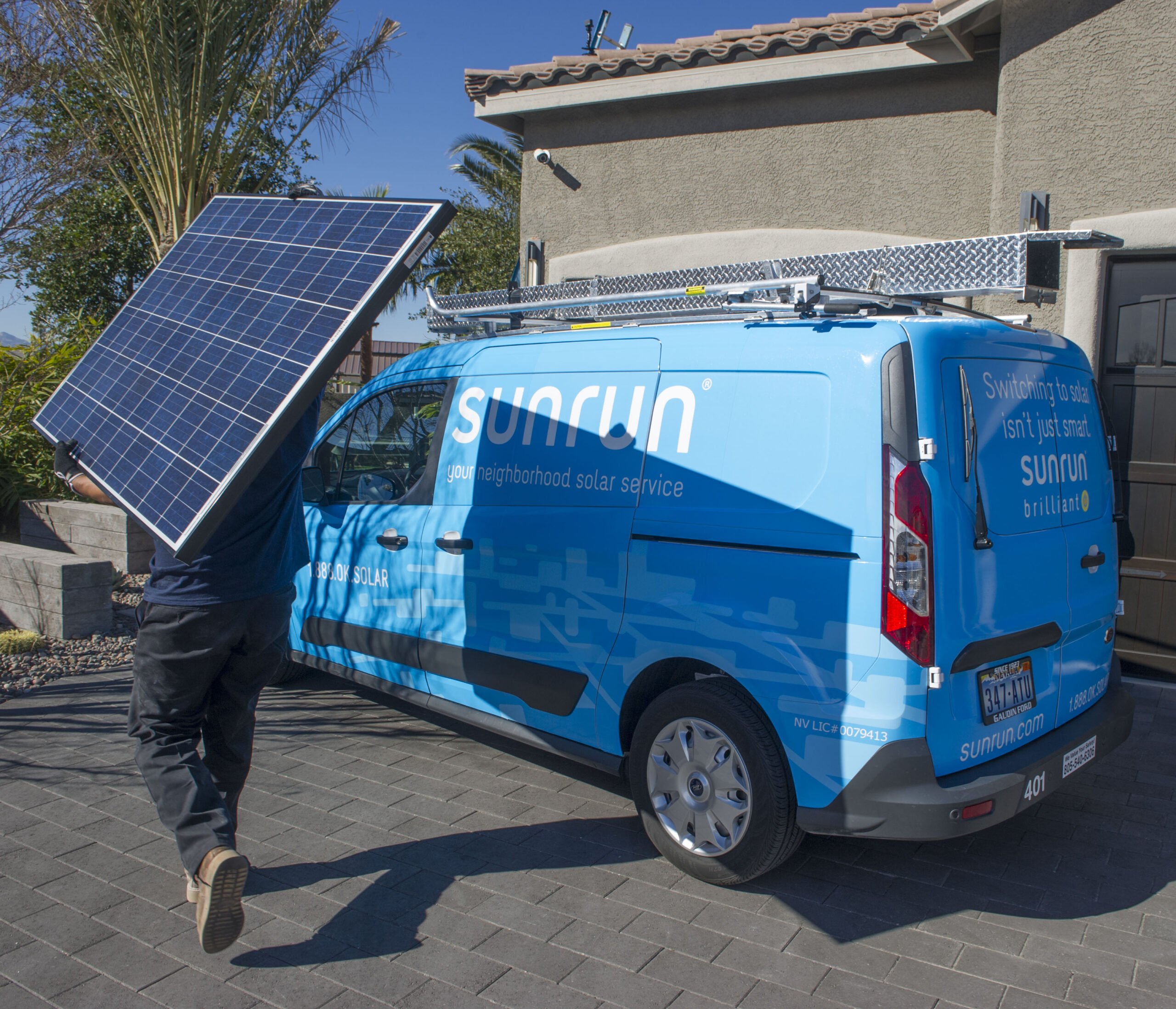
Meanwhile, CEO Mary Powell said in an earnings call that Sunrun is “rapidly transitioning to a storage-first company,” which would be a significant departure from the company’s background in residential solar power generation. The company’s dramatic increase in storage capacity installations from 2022 to 2023 suggests that it is investing considerably in this aim, and this is evident in its storage attachment rates, and the percentage of new solar installations built with battery storage systems.
The company’s storage attachment rates reached 33% in the third quarter of this year, with Sunrun noting that some “new sales” have an attachment rate as high as 40%. Wood Mackenzie reported that, in the first quarter of this year, just 11.1% of all new residential solar systems in the US were built with storage systems, down from an all-time peak of just over 12% in 2022, and Sunrun’s attachment rate is much higher than the national average.
Crucially, Sunrun’s storage plans are focused on regions where solar and storage are already commonplace, most notably California, which, according to Wood Mackenzie, was one of four regions that accounted for 79% of the total solar-plus-storage market in the US in 2022. Sunrun’s attachment rate in California is above 85%, and the company’s ability to expand its storage business in a mature and lucrative market could be a positive sign of its long-term prospects.
To read the full version of this story, visit PV Tech.

